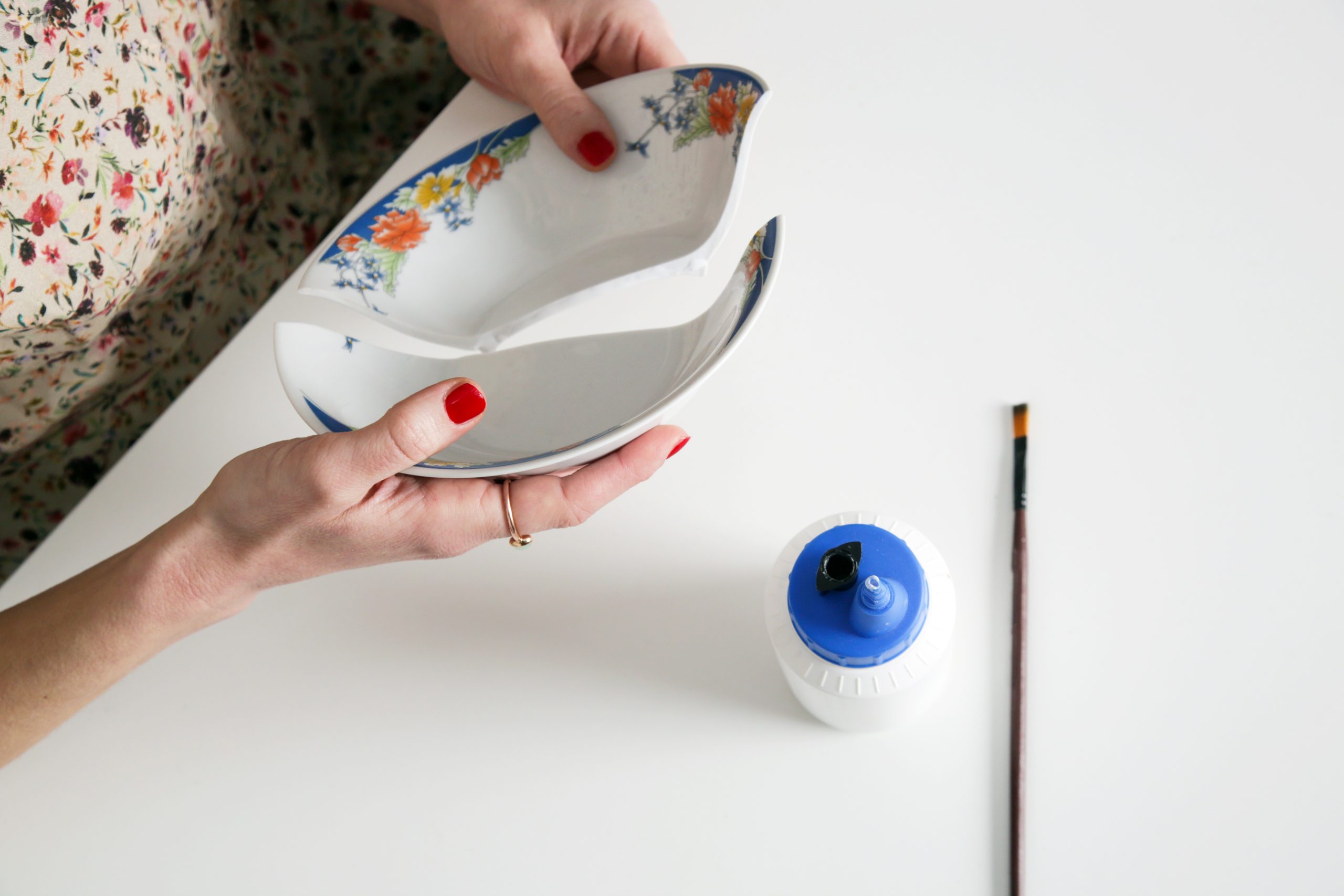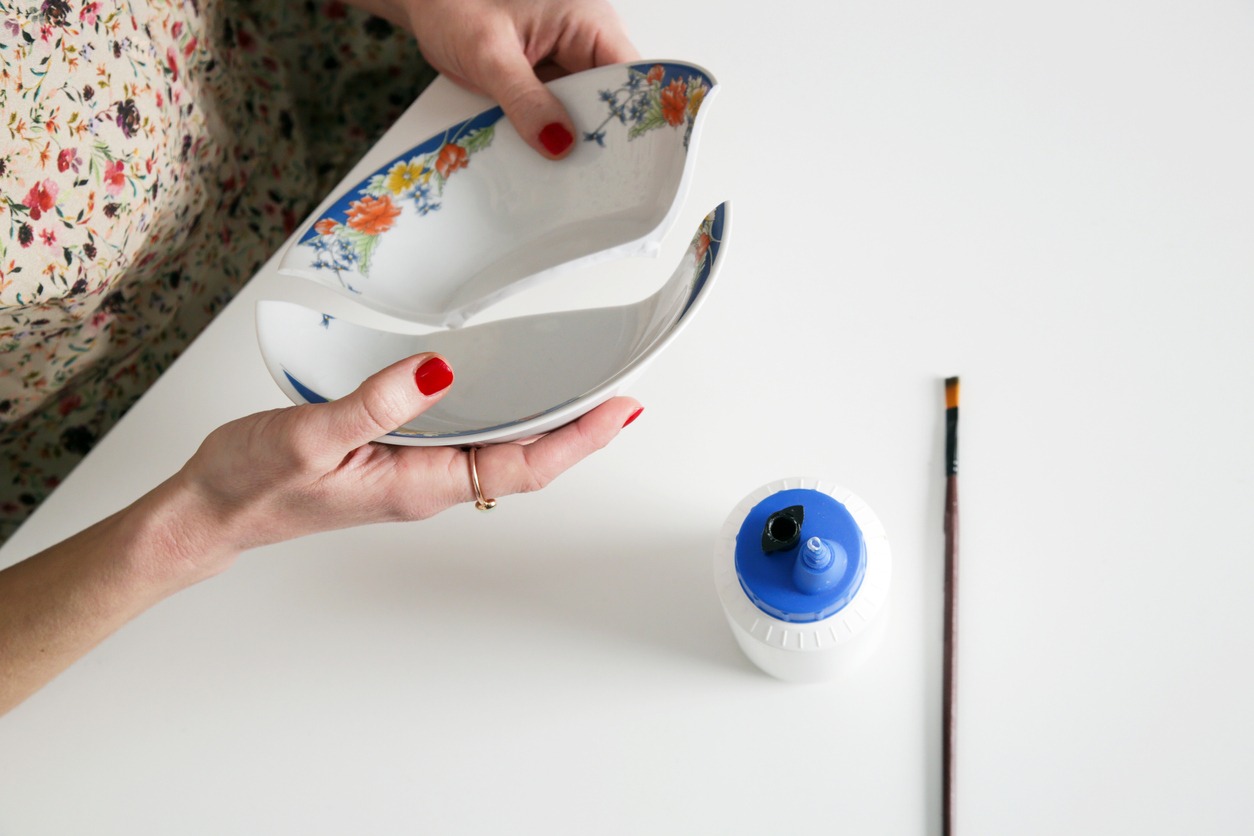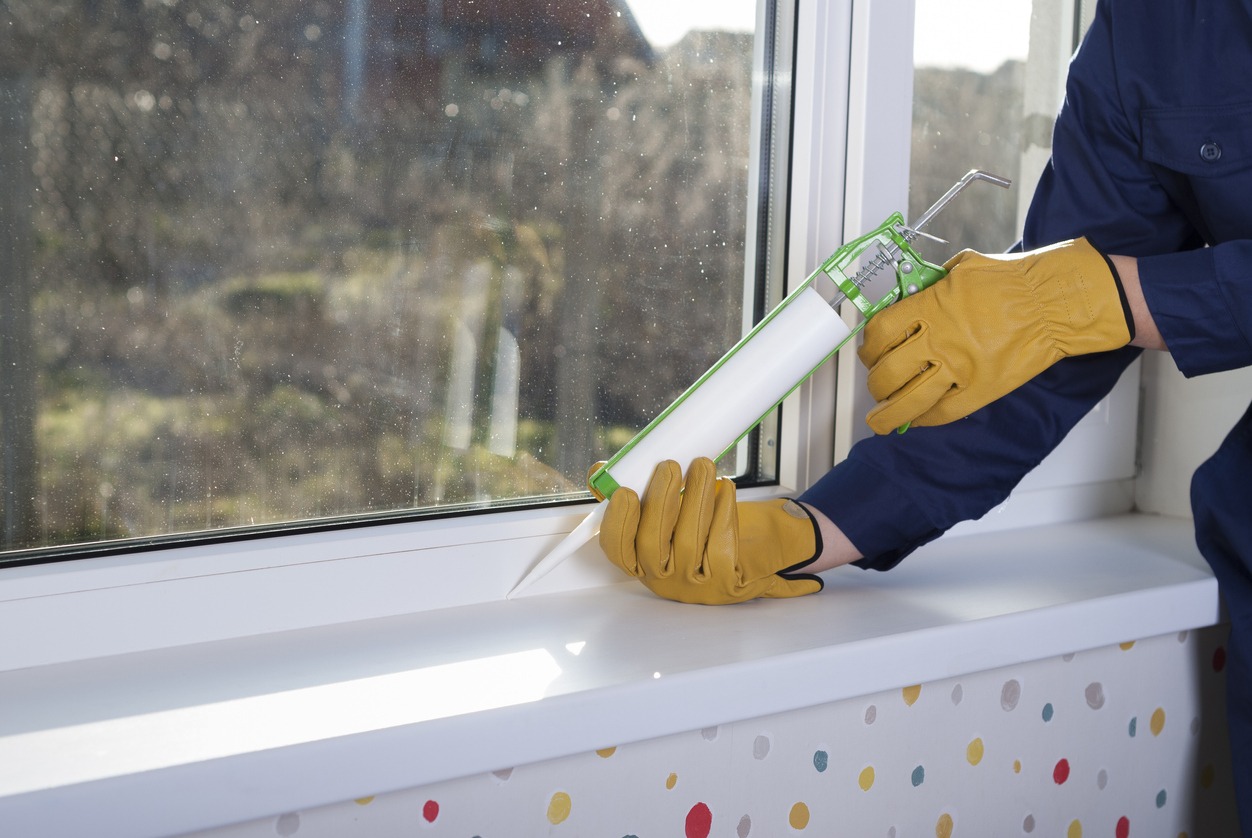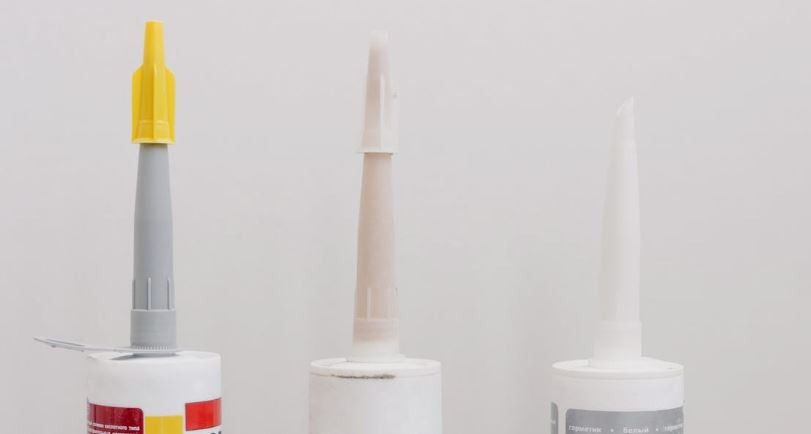Guide to Choosing the Right Glue for Your Projects
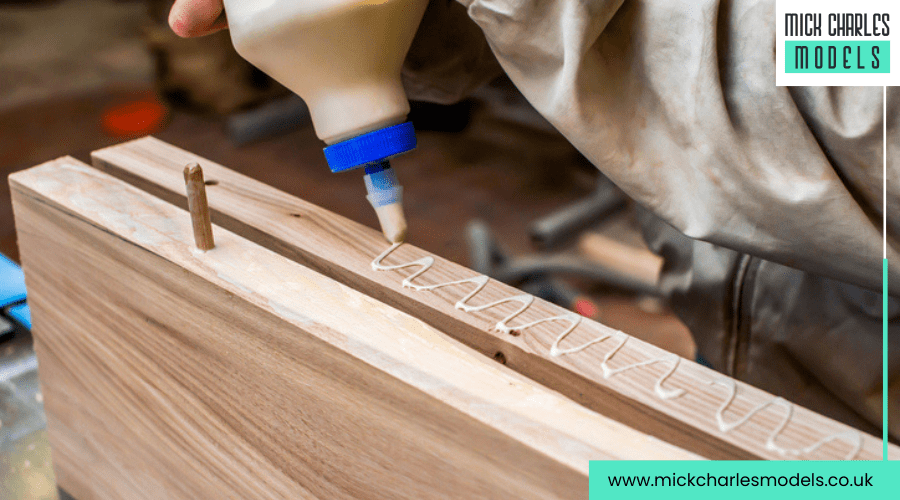
Glue is an essential adhesive used to bond materials together. Different types of glue are designed for specific purposes and materials. Common glue varieties include superglue, rubber cement, epoxy, and wood glue. Each type has unique properties that make it suitable for certain applications.
Superglue forms strong, fast bonds on many surfaces. Rubber cement works well for flexible materials. Epoxy provides a durable bond for many materials. Wood glue is formulated specifically for joining wood pieces. Choosing the right glue for a project ensures the best results and a lasting bond between surfaces.
Choosing the Right Adhesive for Your Project
Bonding Surfaces
Pick a glue that matches the materials you're sticking together. Wood projects need wood glue, which works best on raw wood. Rubber cement is great for bonding rubber, leather, glass, and ceramics. It makes a strong, waterproof seal. For building tasks, construction adhesive works on many surfaces and comes in caulk gun tubes. Spray adhesives are good for heat-resistant bonds on concrete and metal.
Project Scale
Think about how much glue you'll need. Tiny super glue tubes are perfect for small fixes. Big jobs need bigger containers. Don't buy too much for little tasks - you'll waste money and glue. Match the amount to your project size.
Removability
Most glues are meant to be permanent. But some are easier to take off than others. Craft glue is more forgiving than super-strong epoxy. If you might need to undo your work later, pick a glue that's easier to remove.
Environmental Factors
Glues react differently to heat and moisture. Think about where your glued item will be used. Pick a glue that can handle those conditions. This will help your bond stay strong over time.
- For hot areas, use heat-resistant adhesives
- In damp spots, choose waterproof glues
- For outdoor projects, pick weather-resistant options
Remember: Always read the label before buying. It will tell you what materials the glue works on and how it handles different conditions.
Types of Glue and Their Uses
1. Super Glue (Cyanoacrylate Adhesive)
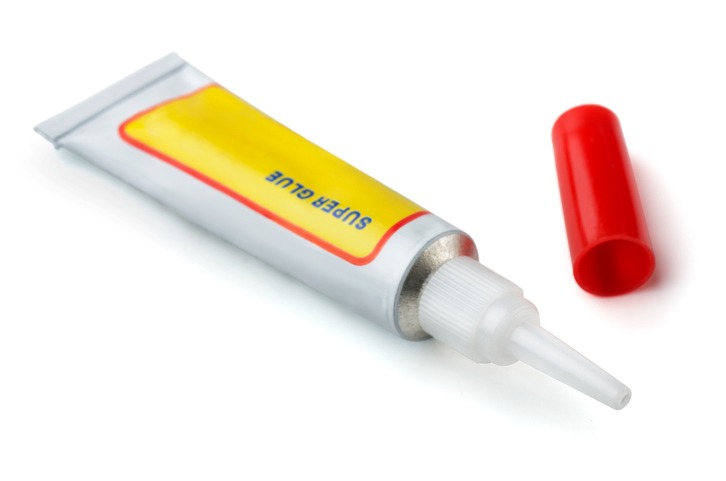
Super glue is a fast-acting adhesive that forms strong bonds with a variety of materials, including ceramics, glass, metal, and plastic. It's ideal for quick repairs but can be brittle and may shatter under impact.
Properties: Forms strong, fast bonds on many surfaces; quick-drying.
Best For: Small household repairs, ceramics, glass, metal, and plastic.
Considerations: It can be brittle and may shatter under impact. Avoid skin contact as it bonds instantly.
2. Rubber Cement
Rubber cement is a flexible, waterproof adhesive commonly used in crafts. It’s great for bonding non-porous materials like rubber, leather, and glass, and allows for repositioning before it sets.
Properties: Flexible, waterproof, and great for non-porous surfaces.
Best For: Paper, rubber, leather, glass, and ceramics.
Considerations: Ideal for crafts due to its flexibility and ease of repositioning before it sets.
3. Epoxy Adhesive
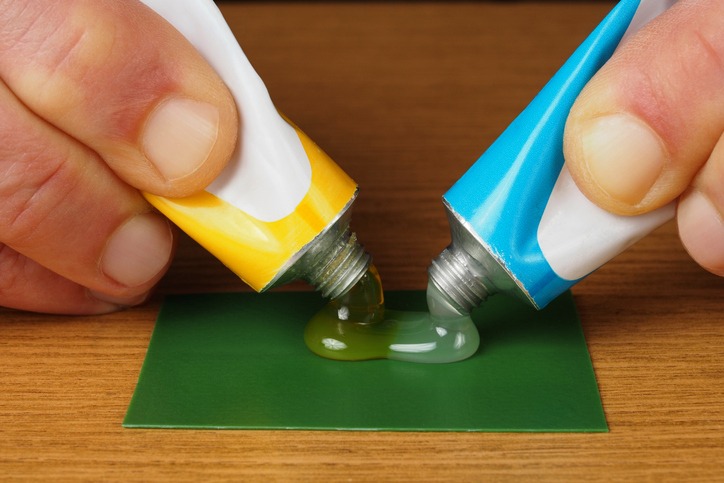
Epoxy is a two-part adhesive that, when mixed, forms a strong, durable bond suitable for a wide range of materials like metal, wood, and plastic. It’s known for its high strength and resistance to environmental factors.
Properties: Extremely strong and durable, suitable for a wide range of materials.
Best For: Metal, wood, concrete, plastic, and marine applications.
Considerations: It requires mixing of two components (resin and hardener) and is permanent once cured.
4. Wood Glue (Polyvinyl Acetate - PVA)
Wood glue is a strong adhesive specifically designed for bonding wood. It dries to a tough, durable finish and is often used in woodworking for creating strong joints between wood pieces.
Properties: Bonds wood securely; often off-white or yellow.
Best For: Woodworking projects, paper, and other porous materials.
Considerations: Needs clamping for maximum strength; water-soluble when wet but waterproof when dry.
5. Polyurethane Glue
Polyurethane glue is a versatile adhesive that bonds to various materials, including wood, metal, stone, and plastic. It expands as it cures, making it ideal for filling gaps, and is both flexible and waterproof.
Properties: Versatile, bonds to wood, stone, metal, plastic, and more; expands as it cures.
Best For: Heavy-duty woodwork, construction tasks, and outdoor projects.
Considerations: Requires moisture to cure and can foam out of joints; flexible and waterproof once dry.
6. Contact Cement
Contact cement is an adhesive that forms an instant, permanent bond when two coated surfaces are pressed together. It’s commonly used for large surface areas, such as laminating countertops or repairing shoes.
Properties: Provides an instant, permanent bond once surfaces are pressed together.
Best For: Laminate countertops, shoes, and large surface areas.
Considerations: Not suitable for small repairs; works best on large, flat surfaces.
7. Construction Adhesive
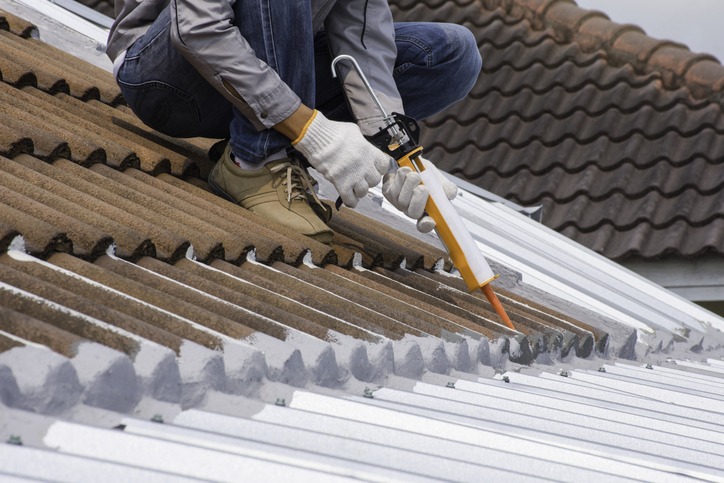
Construction adhesive is a heavy-duty adhesive used in building projects. It’s suitable for bonding subfloors, wall panels, and other construction materials. It remains flexible and is applied using a caulk gun.
Properties: Strong, versatile, and often dispensed via a caulk gun.
Best For: Bonding subfloors, wall panels, and other heavy-duty construction tasks.
Considerations: Flexible when dry, suitable for a wide range of materials including wood, metal, and plastic.
8. Hot-Melt Glue
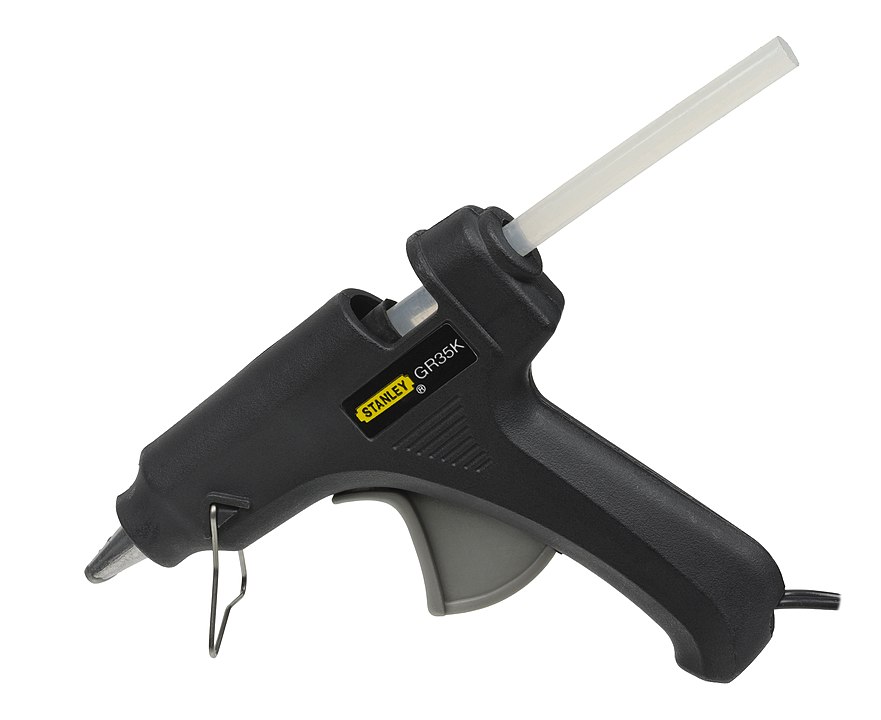
Hot-melt glue is a thermoplastic adhesive that’s melted in a glue gun and bonds quickly to materials like wood, felt, and cardboard. It’s popular in crafts and allows for temporary bonds that can be re-melted.
Properties: Bonds quickly and can be re-melted for adjustments.
Best For: Wood, felt, cardboard, and other crafts.
Considerations: Not permanent; best for temporary bonds in craft projects.
9. Silicone Adhesive
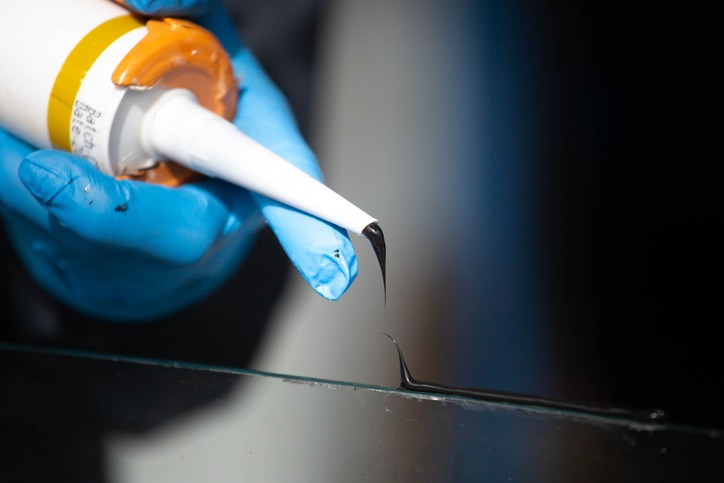
Silicone adhesive is a strong, flexible sealant often used in moisture-prone areas. It’s ideal for bonding glass, ceramic, and other materials, and is commonly used to adhere sinks and other fixtures.
Properties: Strong and waterproof, often used as a sealant.
Best For: Bonding glass, ceramic, stone, wood, and undermount sinks.
Considerations: Permanent and flexible; ideal for moisture-prone areas.
10. Spray Adhesive
Spray adhesive is a type of contact cement that is applied in an aerosol form. It’s easy to use and is available in different strengths, suitable for bonding lightweight materials like paper and foam to heavier materials like wood and metal.
Properties: Easy to apply and dries clear; comes in various strengths.
Best For: Paper, foam, fabric, and lightweight materials.
Considerations: Use in well-ventilated areas; some formulations are flammable.
11. Fabric Glue
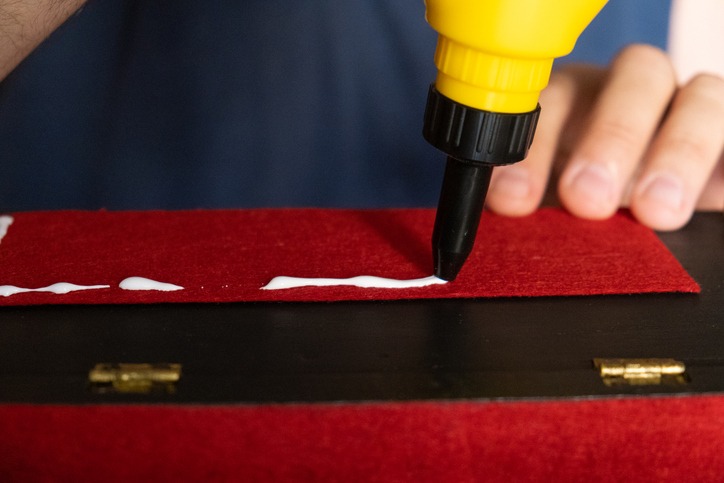
Fabric glue is a specialized adhesive designed to bond fabric securely while remaining flexible. It’s ideal for hemming, mending, and attaching decorations like sequins, and is available in both permanent and temporary formulations.
Properties: Flexible and durable, suitable for fabric.
Best For: Hemming clothes, mending fabrics, and adhering decorations like sequins.
Considerations: Available in permanent or temporary bonds; non-staining.
12. Glue Sticks

Glue sticks are a convenient, non-toxic adhesive used for light bonding tasks, especially with paper. They’re commonly used in crafts and for affixing labels, offering a weak but sufficient bond for lightweight materials.
Properties: Non-toxic and easy to use; water-soluble.
Best For: Paper, labels, and light crafting.
Considerations: Weak bond, suitable for temporary or lightweight applications.
Factors to Consider When Choosing Glue
Bonding Surfaces - Match the Glue to the Material: Wood projects require wood glue; rubber cement is best for non-porous materials like rubber or glass. For all-purpose needs, super glue is a versatile choice.
Project Scale - Size Matters: Smaller projects only need a small amount of glue, like a tube of super glue. Larger tasks may require construction adhesive or a bigger container of wood glue.
Removability - Permanent vs. Temporary: If you need the option to remove or reposition items, choose a more forgiving adhesive like craft glue or rubber cement. Epoxy and super glue offer strong, permanent bonds.
Environmental Factors - Temperature and Moisture: For outdoor projects, choose a weather-resistant glue like polyurethane or silicone. In high-heat areas, opt for heat-resistant adhesives.
Common Questions About Glue
What glue has the most strength?
Epoxy glues often provide the strongest bonds. These adhesives come in different types, with heat-curable single-component epoxies being especially tough. While epoxy's strength is a big plus, it can be hard to remove once it sets. Make sure parts are lined up correctly before using epoxy, as you likely won't be able to take them apart later.
Which glue works best for most jobs?
Superglue is a top pick for many tasks. It forms very strong bonds quickly and is easy to find in stores. It's also cheap, making it a good choice for lots of household fixes and crafts. But remember, the best glue depends on what you're sticking together.
Are there materials Gorilla Glue can't stick?
Gorilla Glue sticks to many things, but it won't work well on some plastics. It can't bond to polyethylene or polypropylene. It also doesn't stick to Teflon or asphalt surfaces. For these materials, you'll need to find a different glue.
What are good uses for rubber cement?
Rubber cement shines in craft projects. People like it because it's strong enough for paper and light materials, but you can still move things around if needed. It doesn't leave marks when peeled off. Some folks use it to patch small holes in rubber items like shoe soles, but this fix might not last long.
What can make glue less effective?
A few things can weaken glue:
- Certain liquids like rubbing alcohol or nail polish remover
- Constant stress or movement of the glued parts
- Time and aging
Different glues react differently to these factors. Some break down faster than others. In some cases, the glue might last longer than the thing it's holding together.
Conclusion
Understanding the different types of glue and their best uses will help you tackle any project with confidence. Whether you’re crafting, repairing, or building, there’s a glue designed to meet your needs. Always read the labels to ensure you’re using the best adhesive for the job, and keep these tips in mind for strong, lasting bonds.

